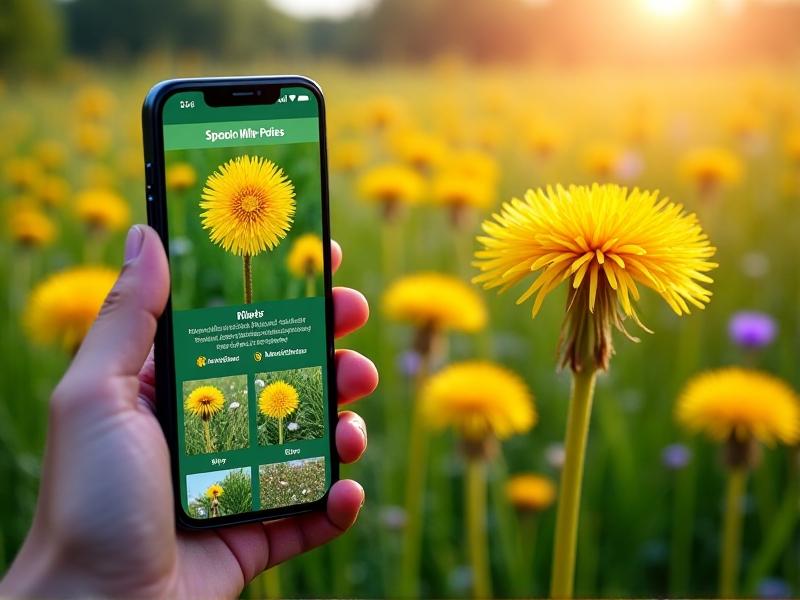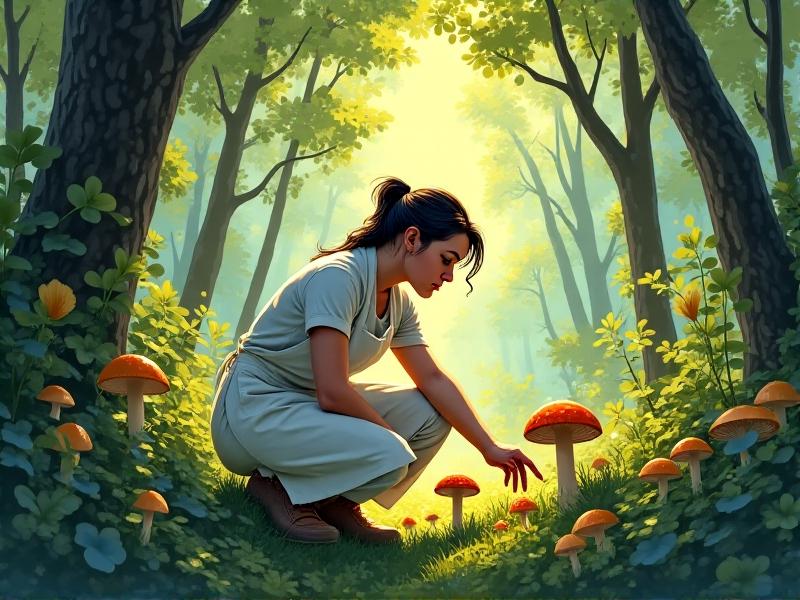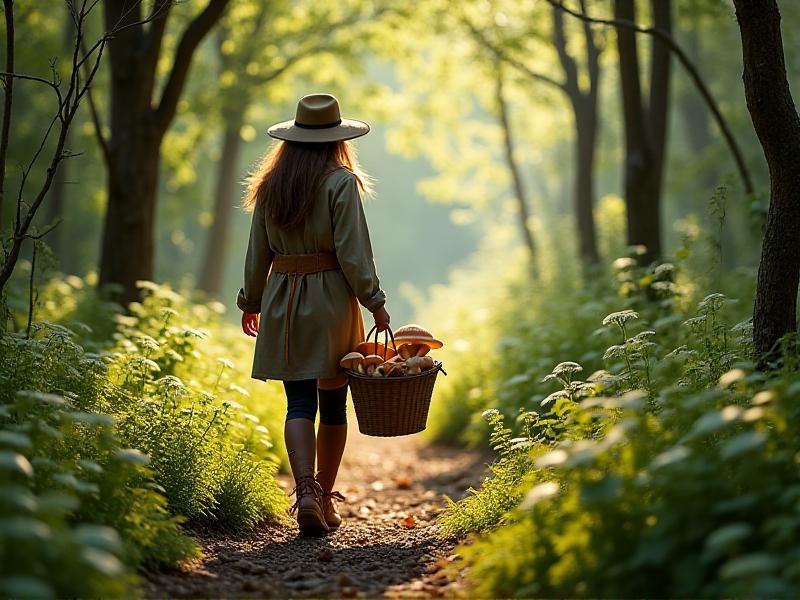Nutritional Benefits of Dandelions and Purslane in City Landscapes
Introduction: The Hidden Gems of Urban Foraging
In the bustling concrete jungles of our cities, nature often finds a way to thrive in the most unexpected places. Among the cracks in sidewalks and the edges of abandoned lots, dandelions and purslane emerge as resilient, nutrient-packed plants that are often overlooked. These common weeds, often dismissed as nuisances, are in fact nutritional powerhouses that can transform urban landscapes into sources of sustainable food. This blog post explores the nutritional benefits of dandelions and purslane, their role in urban ecosystems, and how they can be integrated into city living.
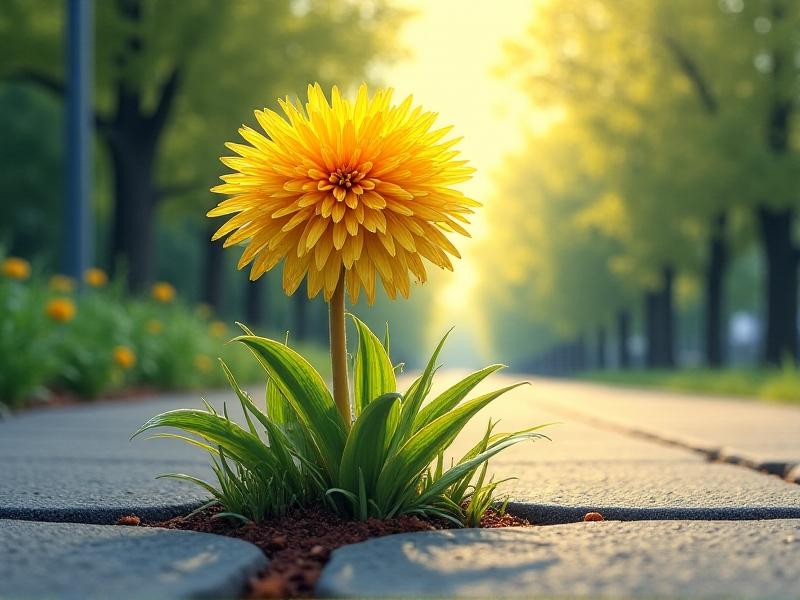
The Nutritional Profile of Dandelions
Dandelions, often seen as pesky weeds, are packed with essential vitamins and minerals. Every part of the plant, from the roots to the flowers, is edible and offers unique health benefits. The leaves are rich in vitamins A, C, and K, as well as calcium, iron, and potassium. They also contain antioxidants that help combat inflammation and support liver health. The roots, when roasted, can be used as a caffeine-free coffee substitute and are known for their detoxifying properties. Dandelion flowers are not only beautiful but also a source of beta-carotene and polyphenols, which contribute to overall wellness.

Purslane: A Superfood in Disguise
Purslane, often mistaken for a common weed, is a succulent plant that thrives in urban environments. It is one of the richest plant sources of omega-3 fatty acids, which are essential for heart and brain health. Purslane is also loaded with vitamins A, C, and E, as well as magnesium, calcium, and potassium. Its high antioxidant content helps reduce oxidative stress, while its mucilage content supports digestive health. With its mild, slightly tangy flavor, purslane can be easily incorporated into salads, soups, and smoothies, making it a versatile addition to any diet.
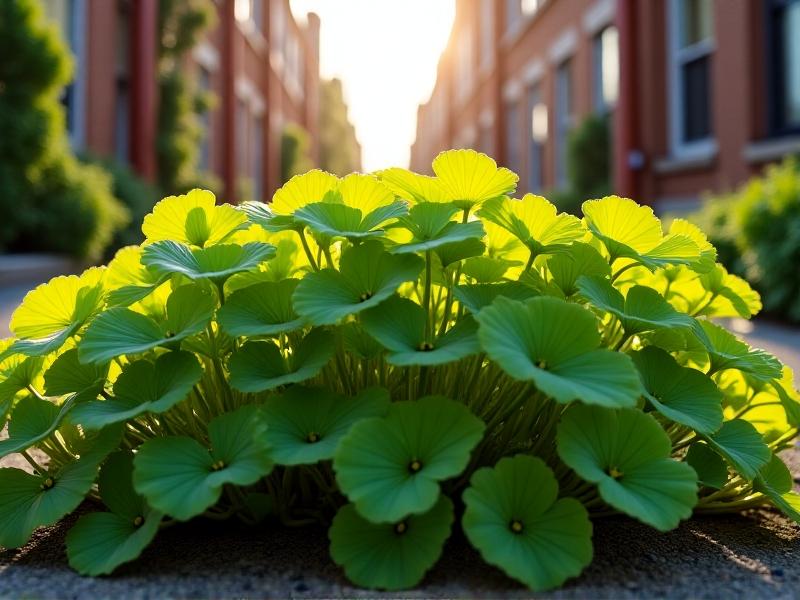
Urban Foraging: Finding Dandelions and Purslane in the City
Urban foraging is the practice of gathering wild food in city environments, and dandelions and purslane are perfect candidates for this sustainable activity. These plants are often found in parks, vacant lots, and even along sidewalks. When foraging, it’s important to ensure that the plants are free from pesticides and pollutants. Look for areas away from heavy traffic and industrial zones. Both dandelions and purslane are easy to identify, making them ideal for beginners. By incorporating these plants into your diet, you not only gain access to fresh, nutrient-dense food but also connect with nature in an urban setting.
Health Benefits of Incorporating Dandelions and Purslane into Your Diet
Adding dandelions and purslane to your diet can have a profound impact on your health. Dandelions support liver function, aid digestion, and boost the immune system. Their anti-inflammatory properties make them beneficial for managing conditions like arthritis and skin disorders. Purslane, with its omega-3 content, promotes cardiovascular health and reduces inflammation. Its high antioxidant levels protect against chronic diseases, while its fiber content aids in digestion. Together, these plants offer a natural, affordable way to enhance your nutritional intake and improve overall well-being.
Growing Dandelions and Purslane in Urban Gardens
Growing dandelions and purslane in urban gardens is a practical way to ensure a steady supply of these nutritious plants. Both are low-maintenance and can thrive in small spaces, such as balconies, rooftops, or window boxes. Dandelions prefer well-drained soil and full sun, while purslane can grow in almost any condition, including poor soil and drought. By cultivating these plants, you can reduce your reliance on store-bought greens and enjoy the satisfaction of growing your own food. Additionally, urban gardens contribute to biodiversity and create green spaces that benefit the entire community.
Recipes: Creative Ways to Use Dandelions and Purslane
Dandelions and purslane can be used in a variety of delicious and nutritious recipes. Dandelion leaves can be sautéed with garlic and olive oil, added to soups, or blended into smoothies. The flowers can be used to make dandelion wine or infused into honey. Purslane’s succulent leaves are perfect for salads, sandwiches, and stir-fries. Try making a purslane pesto or adding it to omelets for a nutrient boost. These recipes not only highlight the versatility of these plants but also make it easy to incorporate them into your daily meals.
The Environmental Impact of Urban Foraging and Gardening
Urban foraging and gardening with dandelions and purslane have significant environmental benefits. These practices reduce food miles, lower carbon footprints, and promote sustainable living. By utilizing plants that grow naturally in cities, we can decrease the demand for commercially grown produce, which often involves intensive farming practices. Additionally, urban gardens help mitigate the heat island effect, improve air quality, and provide habitats for pollinators. Embracing dandelions and purslane as part of urban ecosystems is a step toward creating greener, more resilient cities.
Challenges and Considerations in Urban Foraging
While urban foraging offers many benefits, it also comes with challenges. One of the primary concerns is the potential contamination of plants with pollutants, pesticides, or heavy metals. It’s essential to forage in safe, clean areas and wash the plants thoroughly before consumption. Another challenge is the lack of awareness about edible urban plants, which can lead to their unnecessary removal. Education and community initiatives can play a crucial role in promoting sustainable foraging practices. By addressing these challenges, we can ensure that urban foraging remains a safe and viable option for accessing nutritious food.
Conclusion: Embracing the Potential of Dandelions and Purslane
Dandelions and purslane are more than just weeds; they are valuable resources that can enhance our diets, improve our health, and contribute to sustainable urban living. By recognizing their nutritional benefits and integrating them into our daily lives, we can transform the way we view and interact with our city landscapes. Whether through foraging, gardening, or cooking, these plants offer endless possibilities for reconnecting with nature and fostering a healthier, more sustainable future.
